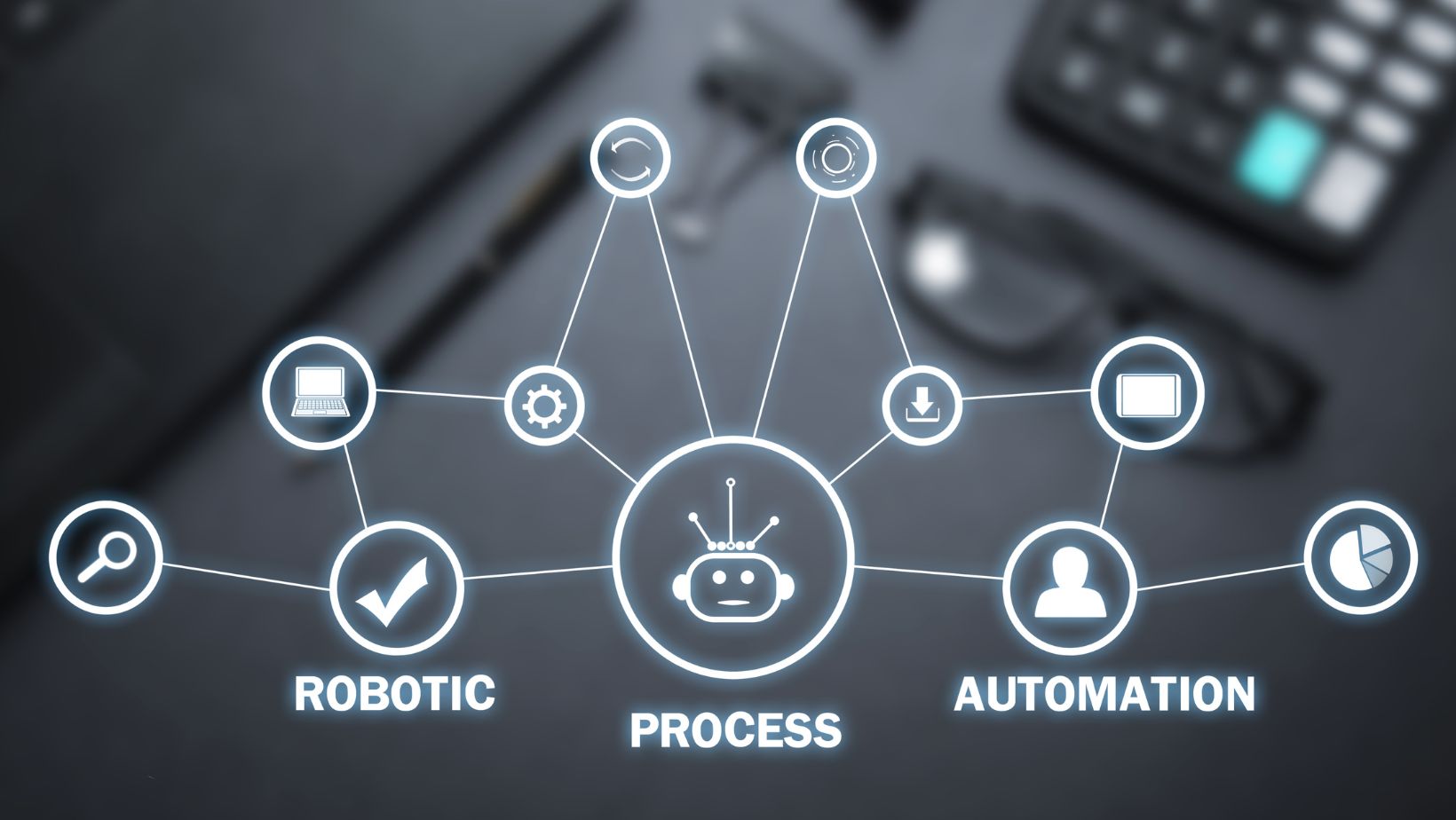Modern organizations handle a wide range of operational tasks, from processing large volumes of data to running intricate reporting procedures that involve multiple applications. Manual administration often leads to missed deadlines, unnecessary human errors, and elevated operational costs. Automated solutions are paving the way for greater efficiency, fostering consistency and reliability in daily tasks while allowing talented professionals to focus on more strategic objectives. Centralized control combined with flexible scheduling capabilities significantly improves overall performance, making automated workload management a genuine game-changer for teams seeking to optimize their operations.
Strong coordination of data flows and task execution shapes better outcomes. Automated tools reduce the need for hands-on intervention and offer robust monitoring features that swiftly detect irregularities. This level of visibility and control encourages proactive responses, ensuring that potential issues are identified and resolved before they escalate. At the same time, processes can be aligned with business objectives in real-time. Whether it’s a global enterprise dealing with interconnected systems or a smaller organization aiming to expand, automated scheduling ensures that each work phase is intelligently planned, activated, and assessed.
Streamlined Coordination for Modern Teams
Routine tasks often follow strict timelines, especially in sectors like financial services, insurance, and telecommunications. The volume of jobs can be overwhelming if they’re all manually managed, leaving ample opportunity for errors. Automated scheduling technology alleviates these concerns by ensuring that tasks follow a structured sequence based on custom rules and event triggers. This structured approach not only enhances accuracy but also supports a smoother workflow, as triggers can signal the start of subsequent tasks in a precise order.
Integration with a wide variety of systems, such as mainframe platforms and distributed networks, plays a vital role in addressing modern business requirements. Advanced solutions simplify this integration, providing a single command center that orchestrates jobs across multiple environments with minimal supervision. Through this unified approach, authorized personnel have the freedom to track performance indicators, enforce security requirements, and fine-tune configurations without juggling multiple standalone applications. Central oversight eliminates duplication and reduces the likelihood of overlapping schedules that lead to resource contention.
A robust notification framework keeps team members informed about job statuses in real-time. Automatic alerts that signal completion, delays, or failures enable prompt adjustments, preventing minor setbacks from becoming major disruptions. This clarity helps reduce downtime, allowing critical operations—like data transfers or customer billing cycles—to proceed without interruption. The combination of event-based scheduling, in-depth monitoring, and comprehensive reporting fosters a more stable production environment that is ready to adapt whenever changes occur.
Why Timely Scheduling Matters
Meticulous job scheduling prevents bottlenecks and lowers the risk of overlapping tasks that could compromise system performance. Workforce members can allocate their time more efficiently when repetitive manual steps are handled by the automated engine. With fewer errors and more consistent task execution, employees are free to brainstorm innovations and refine business processes.
Appropriate timing of job execution has a ripple effect on every other function. Delays in one area can generate a chain reaction of setbacks, particularly when large-scale projects involve numerous interconnected components. An accurate schedule supported by a dynamic automation tool ensures that downstream tasks begin exactly when they should, maintaining a constant rhythm. This precision is especially crucial for data-intensive operations, such as large-scale analytics or compliance-related processes, where delayed inputs can skew results or lead to non-compliance.
Choosing the Right Tool
Many providers offer automation solutions, so it’s crucial to find one that suits both current demands and future objectives. Scalability ensures that the system continues to perform well as the organization expands or as new applications are introduced. A flexible architecture with modular components allows for gradual adaptation, reducing the complexity that frequently arises when organizations evolve.

Close attention to security features and compliance standards is equally significant, particularly in sectors where data confidentiality is non-negotiable. Encryption, role-based access, and audit trails should be standard elements of any solution under consideration. The ability to integrate easily with third-party applications can also be a deciding factor. Quick interoperability shortens the learning curve for staff and speeds up the transformation from legacy methods to modern, automated practices.
Implementation and support services are another dimension that can make or break long-term success. A partner with a comprehensive track record in enterprise-level deployments often brings expertise that speeds up initial set-up and ensures that unforeseen challenges are addressed rapidly. Continuous updates and dedicated support guarantee that the system remains aligned with evolving technical requirements, keeping pace with new technologies like containerization or hybrid cloud setups.
Key Criteria for Seamless Integration
Smooth deployment relies on structured approaches to data exchange, logs, and event triggers. Each component in an automation suite should be equipped to communicate with existing software while maintaining consistent performance. Real-time dashboards that display system health indicators or status updates across multiple platforms offer transparent insights, reducing the guesswork involved in complex troubleshooting. This, combined with failover mechanisms, creates a safety net that can handle unexpected hardware or software hiccups.
An effective solution scales without sacrificing performance. High-capacity processing times and advanced scheduling logic should be ready to handle spikes in workload. This becomes essential for operations that see increased demand during specific seasons or peak business hours. A tool that adapts on the fly—activating additional resources to accommodate heavier tasks—keeps everything running smoothly.
Evolving with New Trends
Rapid technological changes affect how businesses approach automation. Hybrid infrastructure blends on-premises data centers with cloud environments, making flexible connectivity and orchestration more significant than ever. Having a workload automation platform that supports cloud-native applications allows for efficient resource usage, automatic scaling, and better cost management.
Artificial intelligence (AI) and machine learning techniques are emerging as valuable additions to many automation suites. Intelligent event prediction anticipates potential issues and anomaly detection highlights unusual behavior early. By pairing an advanced scheduling framework with AI-based insights, organizations achieve faster turnaround times and more reliable service levels. This forward-thinking approach also encourages ongoing improvements as machine learning models refine themselves over time, leading to more informed decision-making.
Aligning with Cloud and AI Innovations
Cloud services facilitate the offloading of certain workloads from on-premises systems. Automated scheduling should integrate smoothly with containers, virtual machines, and other emerging technologies to ensure that resources are allocated effectively. This connection streamlines maintenance, reducing overhead and minimizing infrastructure complexities.

AI-driven strategies boost the capacity to analyze real-time data. When these insights merge with a capable automation tool, teams benefit from instantaneous feedback loops that signal performance issues or optimization opportunities. Job scheduling can then shift dynamically in response to traffic or demand fluctuations. This synergy between AI and a robust automation platform raises the bar for agility and resilience, qualities that are consistently sought after in competitive environments.
Final Thoughts
Workload automation software has become an influential tool for businesses seeking scalable, efficient operations with fewer manual tasks and reduced error rates. The blend of centralized control, real-time monitoring, and adaptability sets the stage for enhanced productivity. Teams benefit from heightened reliability and safety in their data handling, freeing up time to focus on strategies that push the organization forward. Continuous innovation in this field—particularly in cloud integration and AI assistance—suggests that automated scheduling solutions will remain at the heart of future-ready operations, empowering teams to accomplish complex tasks with speed and accuracy.


More Stories
Why Modern SaaS Startups Are Turning to Omnichannel Customer Support to Boost Retention
What Is a Cyber Attack and How Can You Prevent It?
Smarter Tech Investments: Reasons Why US Businesses Are Choosing Custom Software over Off-the-Shelf Solutions